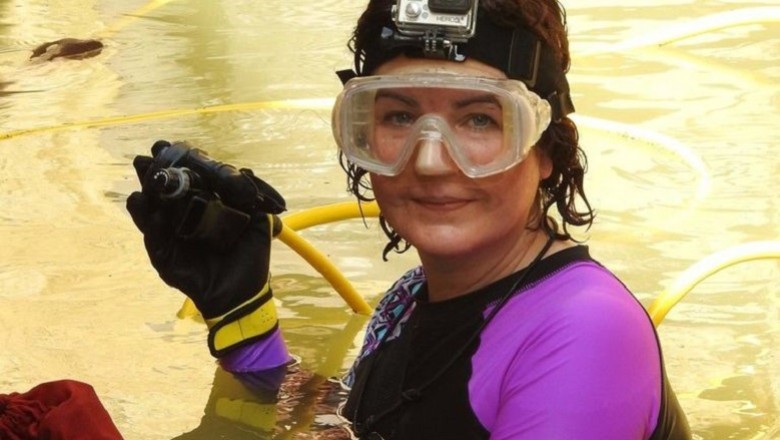
Divers exploring a 2,300-year-old pyramid have discovered the underwater tomb of a powerful pharaoh.
An Underwater Tomb
The duo deciphers the path that leads them directly under a pyramid to a mysterious tomb. It is not the tomb of an ordinary mortal, but that of Nastasen, a famous Nubian pharaoh. The well-known archaeologist, Romey, cautiously begins his descent down stairs carved into the solid rock.

Ella is equipped with a small oxygen tank, her only rescue in case of emergency. She is fully aware of the challenges and dangers of this time-traveling adventure. Each of her steps resonates as if she is treading on the echoes of a bygone era, where the secrets of an ancient civilization are buried.
Little breathing space
At the foot of this staircase, Pearce Paul Creasman, another archaeologist sponsored by the renowned National Geographic, impatiently awaits Romey. He greets his colleague, warning him about the cramped space and low ceiling height of the first room.
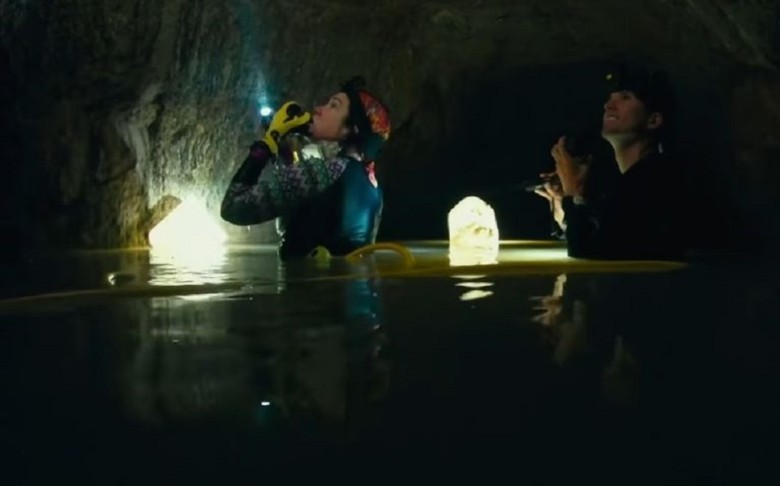
The water is already up to Ella's chest. She finds herself in a place surrounded by mysteries and silence, where the whispers of lost times can be heard. On the surface, her colleagues are busy excavating memories of the past.
Exploring hidden rooms for centuries
Just a few weeks ago, Creasman dared to enter the submerged tomb of Nastasen. The atmosphere is tense as he and Romey begin to explore the three chambers and examine a seemingly never-opened sarcophagus.
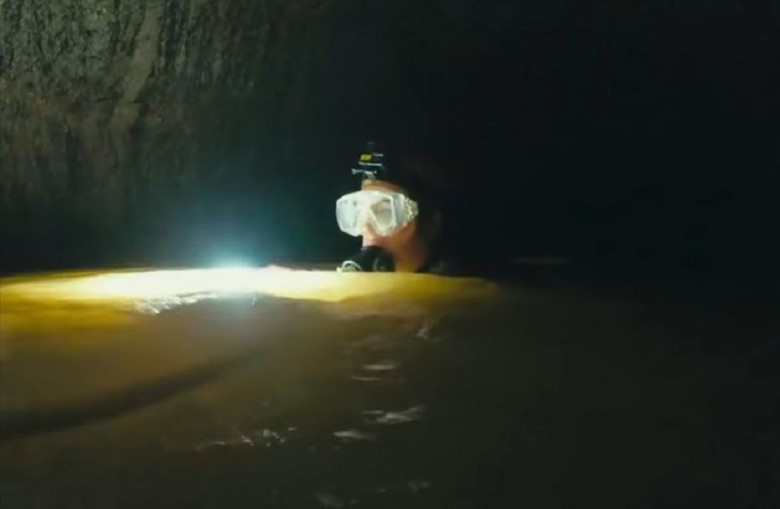
Before reaching their final destination, Creasman shows Ella a metal grate indicating a narrow opening. This is the entrance to the mysterious catacombs, witnesses to the grandeur of ancient civilizations.
Exploring Nuri
The researchers are dedicated to exploring a tomb in Nuri, a monumental site spanning nearly 200 hectares. Located near the banks of the Nile, north of the Sudanese capital, Nuri houses about twenty pyramids built between 650 and 300 BC.
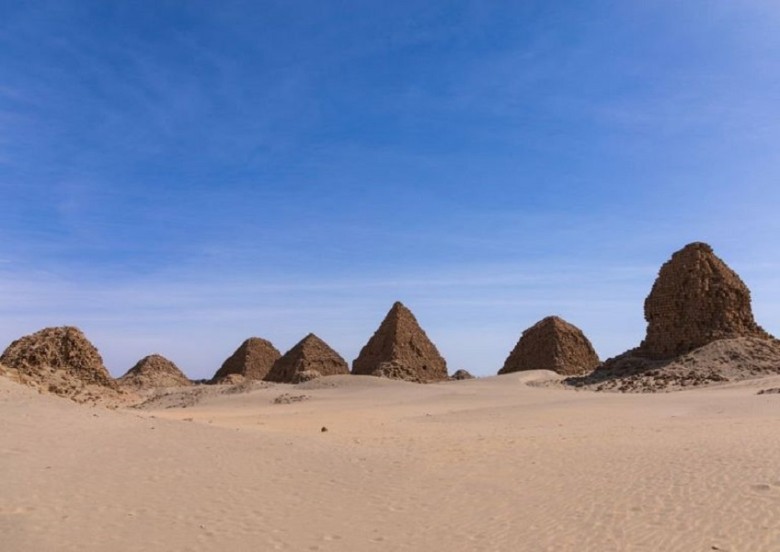
This ancient land, rich in past civilizations, quietly tells tales of the grandeur and mysteries of those who once inhabited it. For modern researchers, the challenge lies in deciphering these enigmas.
Floods complicate the work
Nastasen's pyramid majestically sits atop a square foundation measuring 100 feet on each side, situated on a small hill. Only a mile from the river, this tomb has been affected by underground floods over time. Thus, the chambers carved into the rock are now submerged.
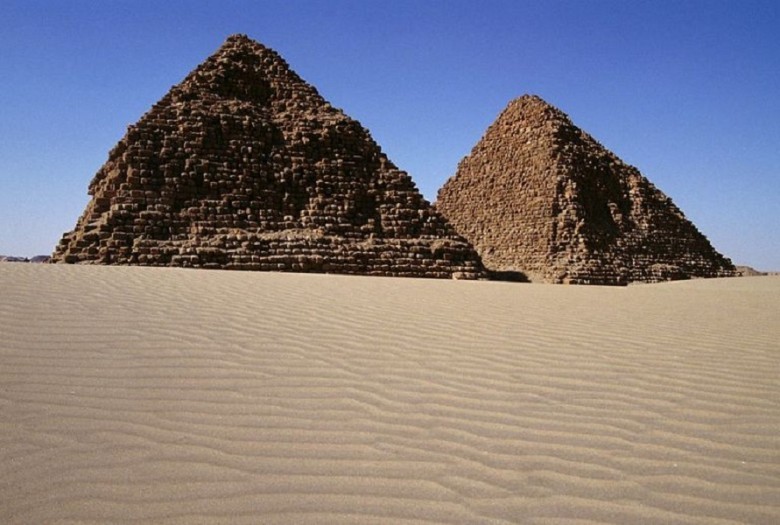
The interaction of water and land has transformed this burial site into a submerged sacred place. In this silence, it preserves the secrets of a distant past and whispers to today's adventurers of Nastasen's heroic deeds.
Remains of unique cultural objects
This architectural wonder of Nastasen is part of a much larger complex built during the Napatan culture period. Many pyramids line this desert landscape along the Nile, testifying to the impressive heritage of the Nubians.

These architectural masterpieces, along with the surrounding structures, embody a unique fusion of art and architecture typical of the Nuri region. Each stone, each grain of sand tells previously unknown stories of the souls who lived here.
Saturated with rich history
Due to their invaluable significance, these pyramids and their surroundings were declared a UNESCO World Heritage Site in 2003. The neighboring Gebel Barkal mountain holds significance for both ancient civilizations and modern inhabitants.
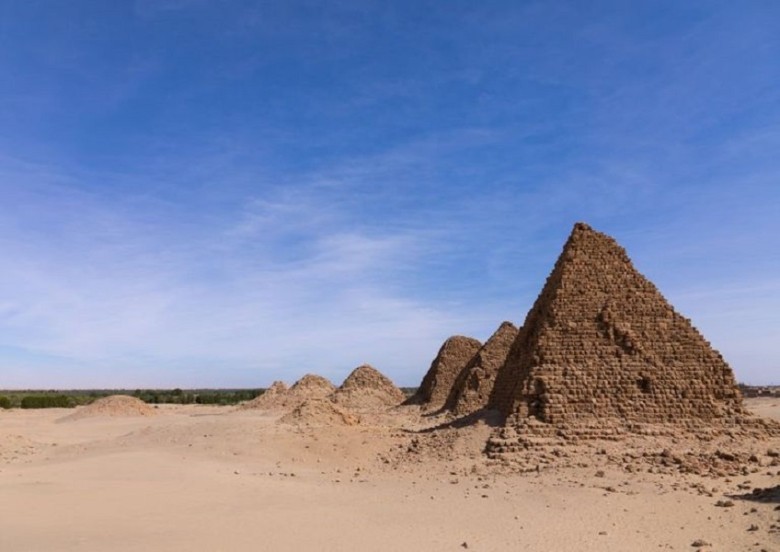
This land, considered by the Egyptians as the home of the god Amun, still harbors spiritual and cultural narratives of bygone times.
The final resting place of the Kushites
These pyramids serve as impressive monuments marking the eternal tombs of Kushite kings and queens. These "black pharaohs" rose to power after the fall of the New Kingdom, initially as vassals to the Egyptian rulers.
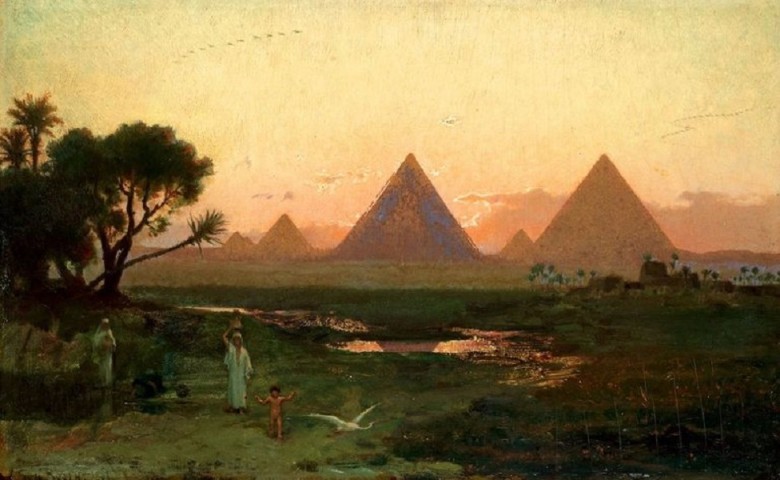
The Kushites, who once ruled over Egypt, have imprinted their culture and grandeur into the landscape. The traces of their reign are captured in the sandstone.
Full of ancient tombs
These five black pharaohs utilized ancient traditions to once again construct pyramids as eternal resting places. Around 80 members of royalty lie in Nuri, with approximately a quarter of them crowned by pyramids.
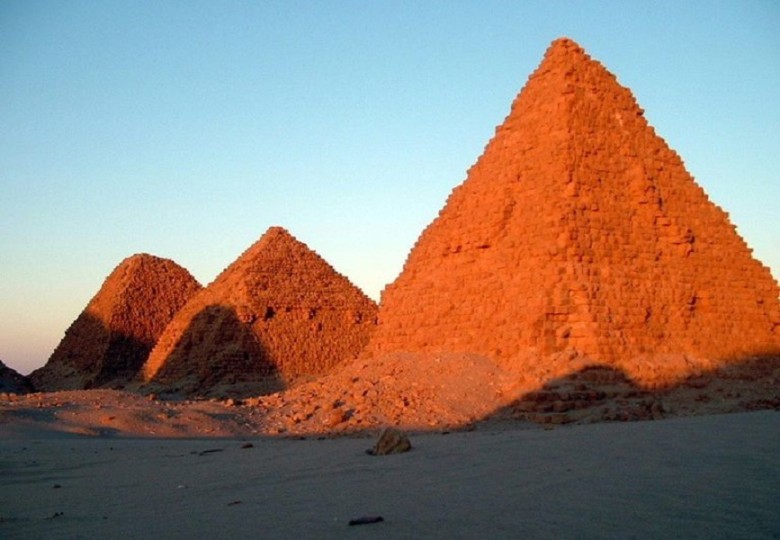
This land is a sanctuary of timeless whispers, where the wind carries the stories of the kings buried here. Their legend is forever etched in the stones and desert sands.
The only water source in the desert
In an interview with BBC in July 2019, Creasman emphasized the crucial significance of the Kushites. He pointed out their geographical advantage, as they reside in the only corridor through the Sahara that has a water source.
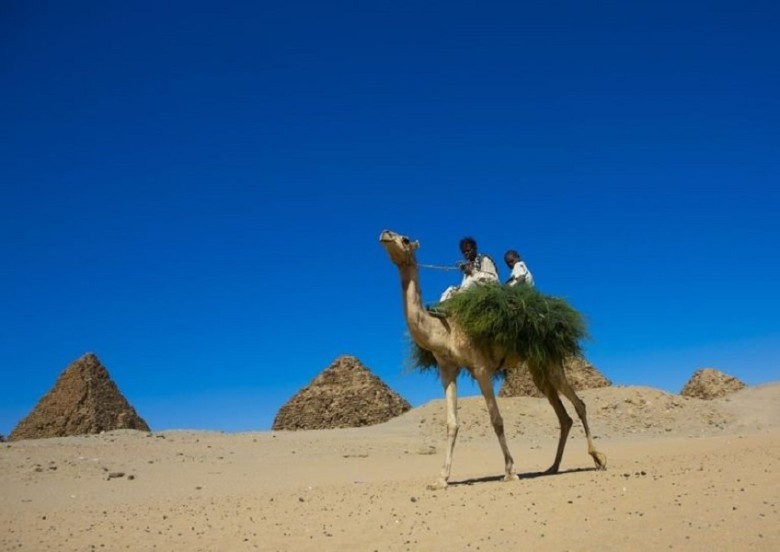
The strategic importance of this region in the pre-camel era was highlighted. The history of the Kushites is a complex blend of geographic location and identity, shaped by the unforgiving desert.
Expelled from Egypt
The Kingdom of Kush, which gained power after its initial rise in 2000 BC, experienced phases of alternating influence. Its dominance was closely tied to its extensive gold production, making the region of central importance. However, in the 7th century BC, they were expelled from Egypt by the Neo-Assyrians.
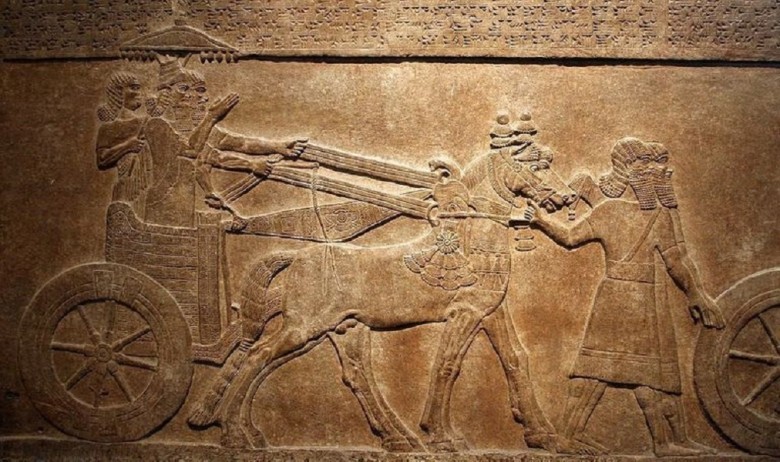
The Black Pharaohs ruled this desert until the fourth century AD. The ruins of their reign still stand today as silent witnesses to their majestic heritage.
The largest pyramid in the vicinity
The site of Nuri in Sudan testifies to the magnificence of ancient burial grounds. Created by Pharaoh Taharqa, his pyramid is considered the most splendid in the vicinity. Generations of Taharqa's descendants honored Nuri as a burial site.
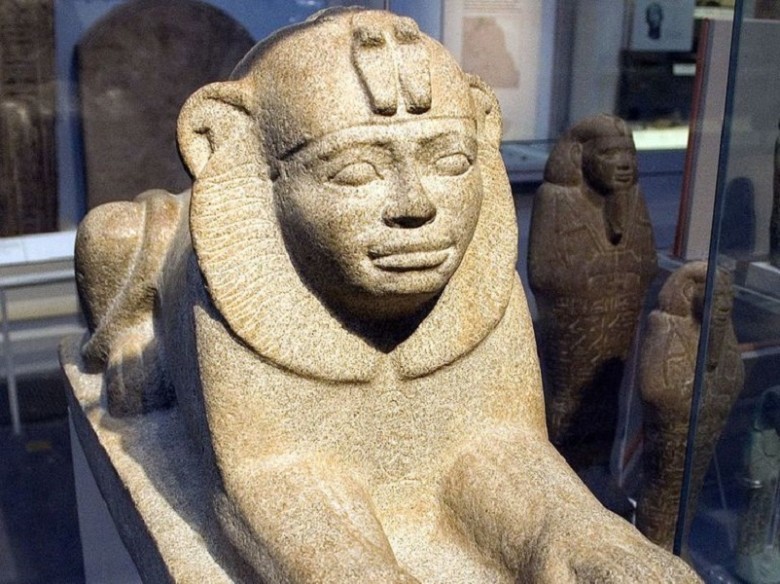
An eternal resting place for the departed. Even after the fall of the Kingdom of Kush, the tradition of utilizing this site for burials continued.
A Time of Peace
The historical significance of Taharqa extends beyond his burial sites. Readers of the Bible may recognize his name in the Second Book of Kings, where he is described as a brave defender against an Assyrian invasion of Jerusalem.

His successful defense led to an unusual period of peace for Egypt and Kush. During this peaceful time, Taharqa dedicated himself to ambitious construction projects.
A Clear Difference from Egyptian Pyramids
There is a significant architectural difference that sets Taharqa's pyramid in Nuri apart from its Egyptian counterparts. While Egyptian pharaohs were traditionally buried inside their pyramids, Kushite kings were buried underneath them.

This unique burial practice presents a great challenge for today's archaeologists. Discovering the Kushite burial chambers requires precision and patient craftsmanship.
The First to Accept the Challenge
George Reisner, a leading American archaeologist specializing in ancient Egypt, was the first to accept this challenge. His thorough knowledge and understanding of the area made him an undisputed authority in the field of Egyptian antiquities.

Before embarking on his adventure in Nuri, Reisner had already explored Giza, where the famous Great Pyramid stands.
Mapping Leads to a Discovery
When George Reisner arrived in Nuri at the beginning of the 20th century, he began the challenging task of uncovering the secrets of Taharqa's burial chamber. It was a mission full of mysteries and previously unknown challenges.
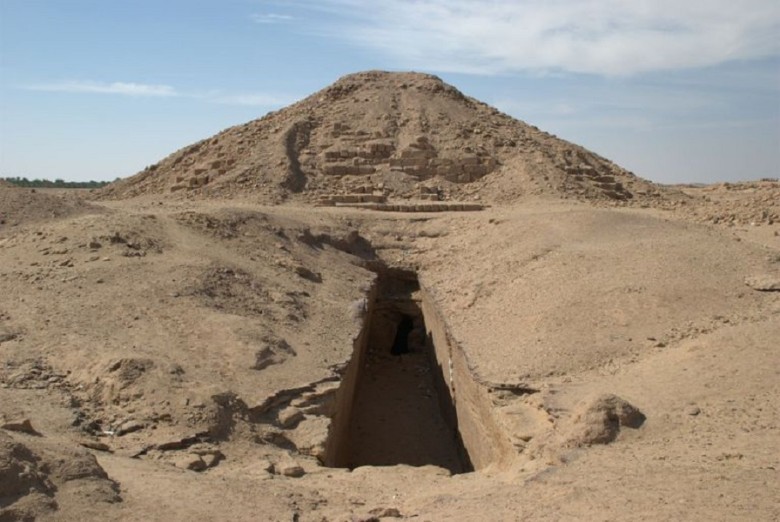
During his search, Reisner encountered an unexpected obstacle: the groundwater of the mighty Nile. This water, infused with the magic of the river, transformed these tombs into submerged puzzles that defy time.
Did Not Receive the Attention It Deserved
It is noteworthy that despite his extensive work in Nuri, Reisner decided not to publish his findings. This decision unfortunately led to Nuri being forgotten and deprived of the deserved academic attention.
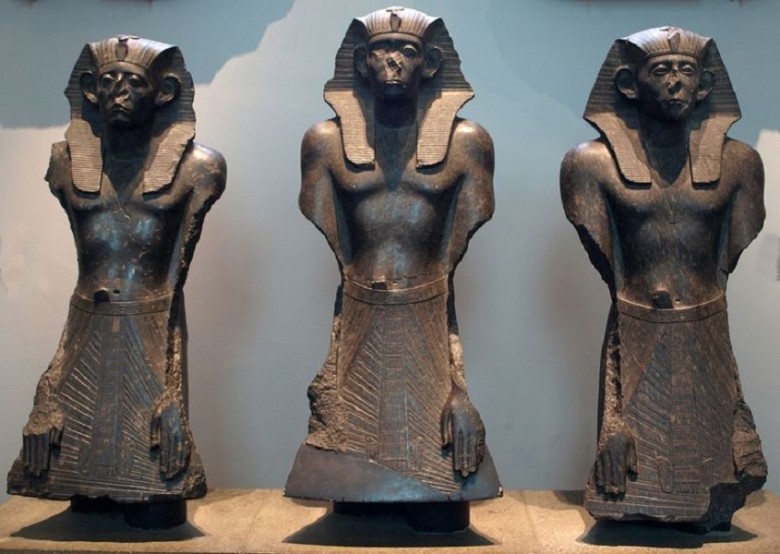
It is speculated that Reisner's view of the Kushite kings, whom he considered inferior to their Egyptian counterparts, influenced his decisions. His preconceived opinions may have clouded his judgment.
Technology Had to Progress
The discovery of Tutankhamun's tomb in 1922 brought Egypt into the global spotlight and kept Nuri and its hidden treasures in the dark. The complex nature of the site presented countless puzzles to anyone seeking to uncover its stories.
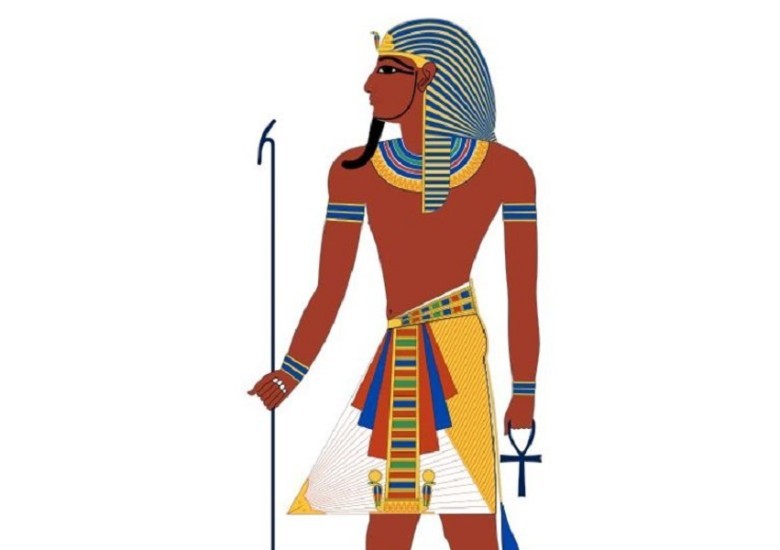
At that time, underwater archaeology in Sudan was virtually unexplored territory. Every attempt to study these flooded tombs was a heroic endeavor, constantly pushing the boundaries of the known.
An Archaeologist Takes on the Challenge
Nearly a century later, in 2018, Pearce Paul Creasman, armed with his extensive knowledge in underwater archaeology and deep understanding of Egyptian studies, decided to focus his scientific expertise on the enigmatic area of Nuri.

Creasman's skills go beyond just archaeology. With his expertise in dendrochronology, the study of tree rings, he can accurately reconstruct timelines and date historical events.
Leading Research Expeditions in the Region
Creasman, from the University of Arizona, is known for his wide-ranging interests and insatiable desire to uncover the secrets of antiquity. This passion has led him to lead significant missions and research programs in the historical areas of Egypt and Sudan.
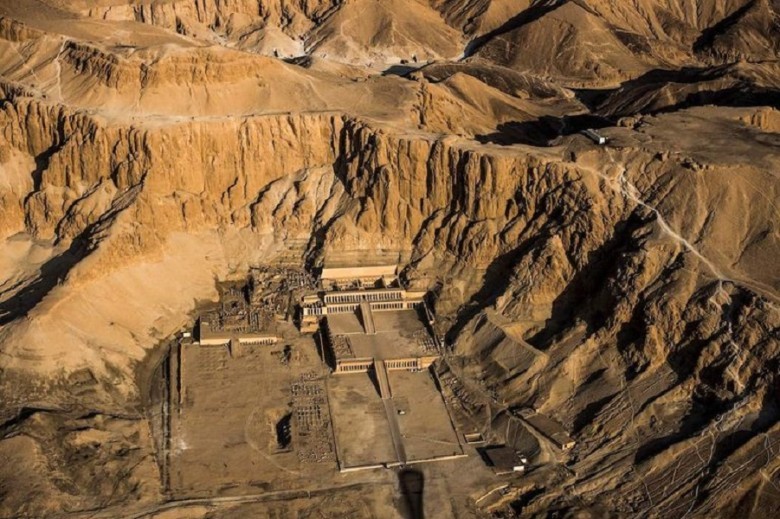
Working closely with National Geographic, Creasman hopes that technological advancements will allow his team to unveil untold stories from Nuri. Buried in the sands and stones, these narratives await brave souls to unlock their secrets.
The Tomb of Nastasen
Upon his arrival in Nuri, Creasman immediately focused on the tomb of Nastasen, who ruled as the king of Kush from 335 to 315 BC. This tomb, a true masterpiece of funerary architecture, is the crown jewel of the ancient site.

Despite the challenging conditions, Creasman showed impressive determination. The excitement and hope in his eyes reflect his belief that a detailed examination of Nastasen's tomb could shed light on the flooding issues affecting other nearby structures.
The Struggle for Control of Kush
The era of Nastasen is of great significance as it marks the end of the Napatan culture. After his disappearance, the power center of the Nubians clearly shifted to Meroe.

The power struggles that took place in the influential region of Kush were intense and often brutal. It was a time of great upheaval and constant conflict. However, the era of Nastasen was characterized by stability and control over vast territories.
Historians Suspect Ambush
King Nastasen of Kush displayed great strategic insight during his confrontations with the Egyptian king Khabbash. As the victor, Nastasen managed to push back Khabbash's forces and seize valuable treasures.
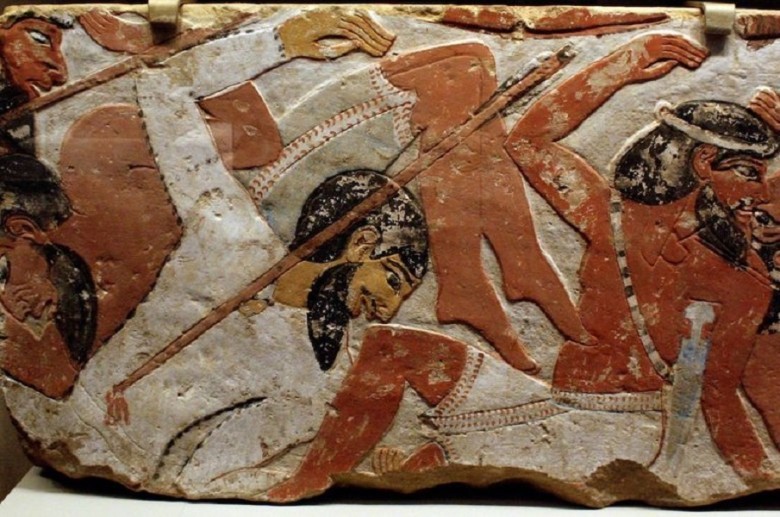
These conflicts testify to the indomitable strength of the Nubian forces under Nastasen's wise leadership. Although not as famous in historical records, relics of his reign provide important insights into this period of time.
A Monument in the Wrong Place
To celebrate his success, Nastasen erected an impressive five-foot granite stele. It is believed that this stele originally adorned the Temple of Amun in Gebel Barkal.
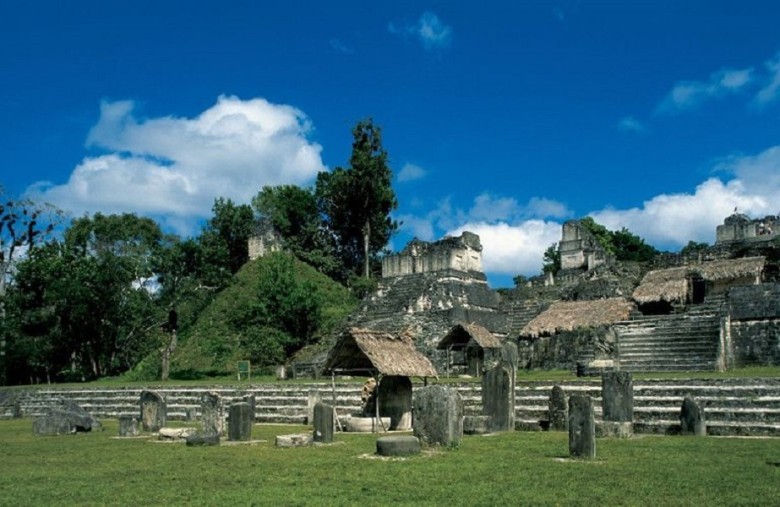
This stele is of central importance as it contains some of the last known examples of Egyptian hieroglyphs. It celebrates the triumphs of the Nubian king and stands as an eternal monument to the strength and determination of his reign.
The Answers Lie in the Tomb
The aura of mystery surrounding Nastasen is palpable. So far, only a few details about this king have been revealed. To learn more, it is necessary to delve into the depths of his tomb.
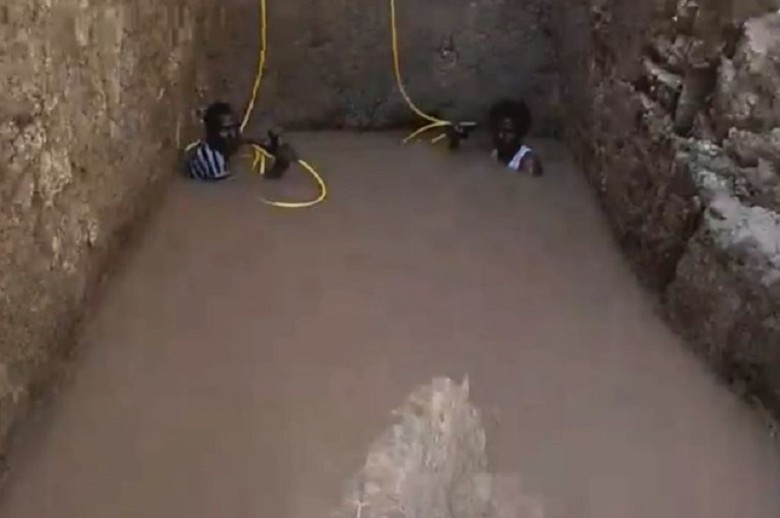
Access to his final resting place has been hindered by rising water, a problem that has plagued the site since Reisner's first expedition. This has made the search for insights about Nastasen exceedingly difficult, creating a true archaeological puzzle.
They discovered a secret entrance
During their expedition, Reisner's team discovered a staircase leading to the tomb of Nastasen. They began excavations, and one of them was able to enter the crypt.

The statues found seemed to possess magical properties to serve the deceased in the afterlife. Although the expedition was brief, the team managed to recover valuable artifacts that offer insight into the culture and beliefs of that time.
But it quickly vanished
However, time was pressing, and Reisner's team had to leave the site hastily. The desert reclaimed control, burying the tomb in sand.
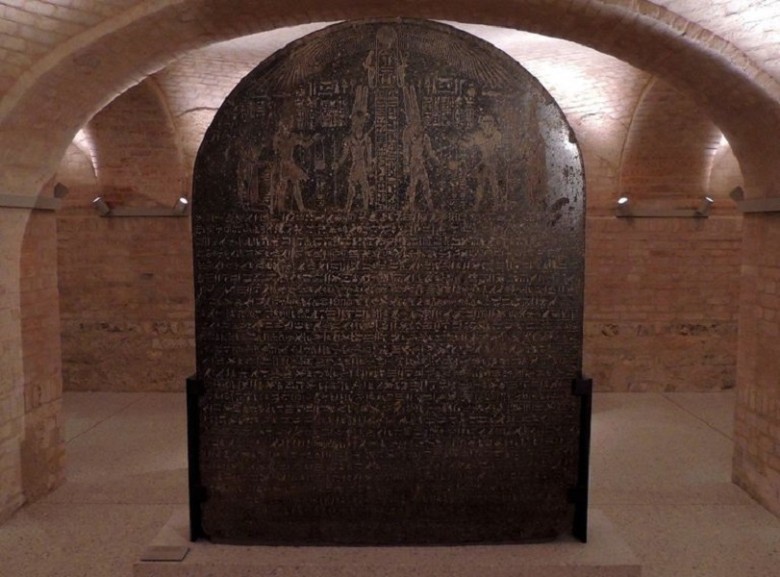
The implementation of this large-scale project required an entire year of meticulous excavation work. This underscores the complexity and demanding nature of archaeological excavations at such ancient sites.
The entrance posed another challenge
It wasn't until January 2019 that Creasman's team managed to reach the entrance to the tomb. But their joy was short-lived as most of the burial chamber was underwater.
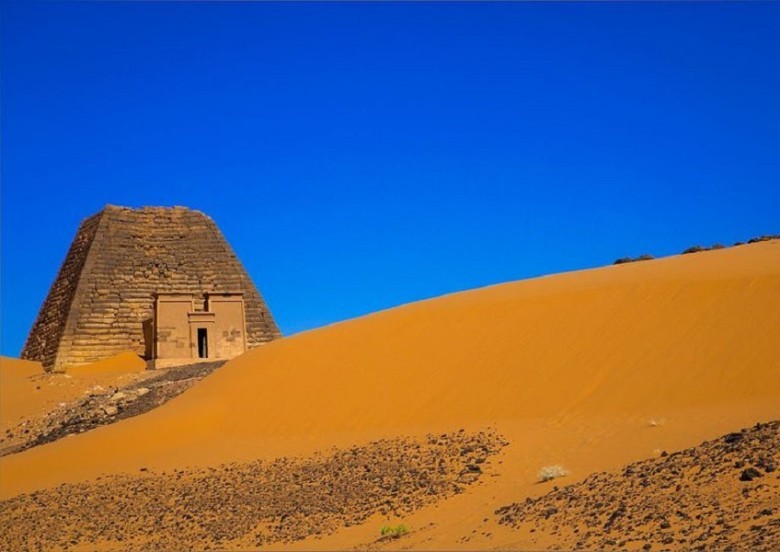
The rise in water levels, possibly caused by climate change or the construction of dams along the river, added another dimension to the challenges of exploration. It highlights how archaeologists must constantly adapt to changing conditions.
Taking the risk
In an interview with the BBC, Creasman described the difficulty of the excavation process. The staircase with its 65 steps was only accessible up to the 40th step due to groundwater seepage.
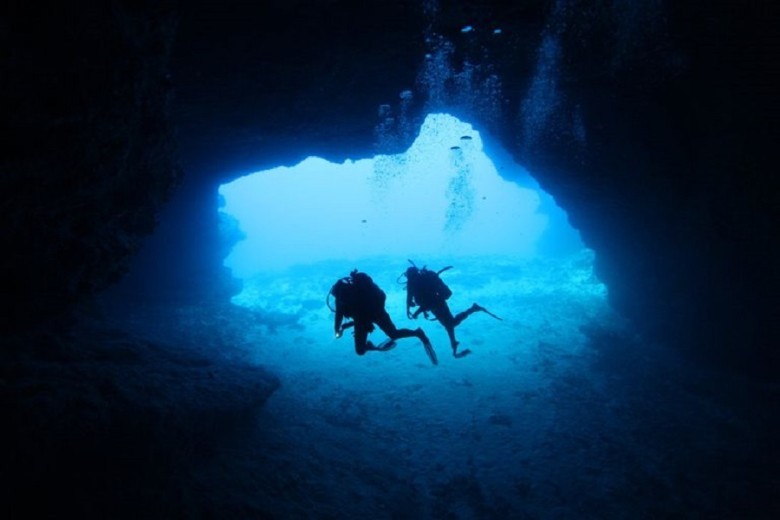
Creasman emphasized the challenges posed by the water depth and poor visibility in exploring this ancient structure. Archaeology often requires a great deal of patience, unwavering perseverance, and adaptability.
A daring endeavor
The water infiltrating the burial site presented many dangers. Divers could become trapped by collapses. To prevent this, Creasman had to secure the entrance with a sturdy steel structure.
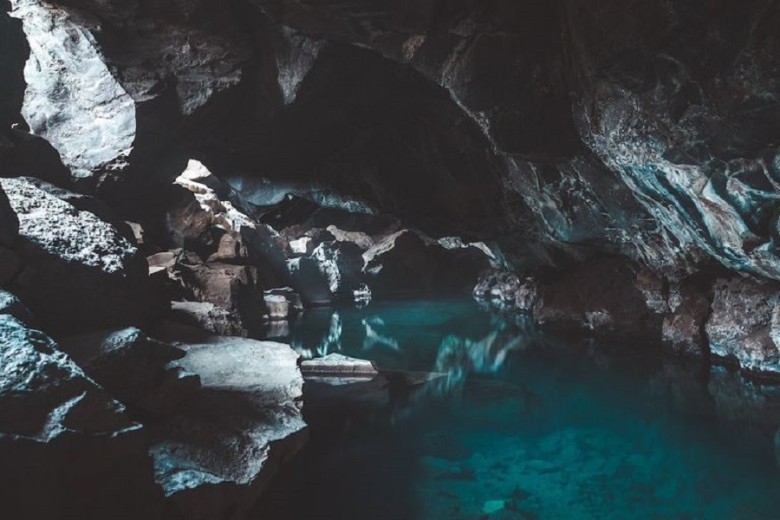
The unfavorable underwater conditions made the exploration particularly hazardous. With murky water and limited visibility, numerous challenges arose, putting Creasman's expertise to the test.
Oxygen Tanks Were Not an Option
The narrowness of the entrance made the use of traditional diving gear impossible. Therefore, the team had to rely on an external air supply system.

These adventures highlight the delicate balance that modern researchers must strike between adapting to the given conditions and respecting history. At the same time, they strive to decipher the mysteries of ancient civilizations and follow in their footsteps.
A Glimpse at the Sarcophagus
After overcoming these obstacles, they finally caught sight of Nastasen's sarcophagus. But the true discovery would require another year of exploration.

Exploring such archaeological sites requires extraordinary patience and endurance. Oftentimes, groundbreaking discoveries in this field are the result of years of meticulous work. With each new find, we gain fascinating insights into past times and can sharpen our understanding of history.
Inside the Chambers
In an interview, Dr. Pearce Paul Creasman described Nastasen's burial chambers. He spoke of three interconnected rooms with vaulted ceilings. The rooms are dark, illuminated only by flickering torches.
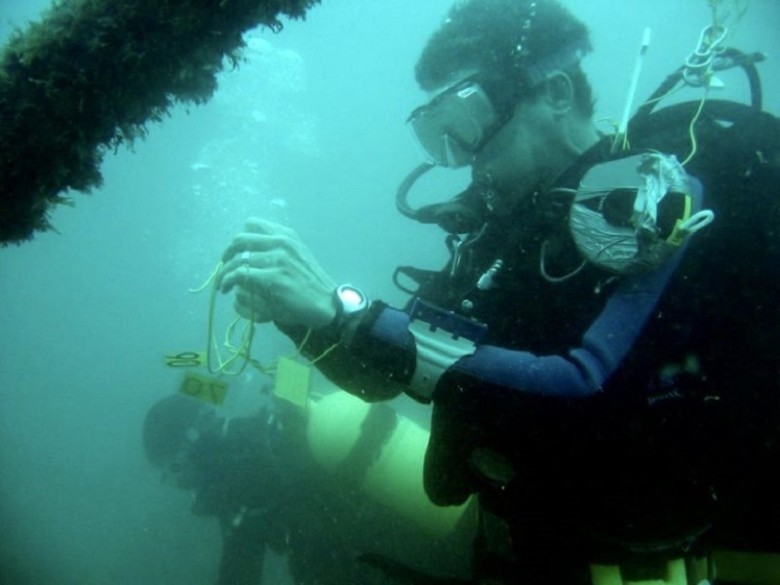
As they moved from room to room in complete darkness, the feeling of being transported to another time intensified. Each step through the dark water revealed new discoveries and unveiled secrets that had been hidden for centuries.
The Effort Paid Off
Despite all the challenges, the expedition proved to be worthwhile. Although the Shabtis were invaluable, they remained largely untouched. Gold leaf was also found, a testament to past grandeur.

The fact that gold fragments have been preserved in a damp and flooded environment attests to the high-quality craftsmanship and value bestowed upon these golden objects in that era. They stand as silent witnesses to an era when art and craftsmanship were of central importance.
Gold Tells a Story
The gold fragments found illustrate the protective influence of the elements. Surprisingly, the water in the chambers helped preserve the tomb.
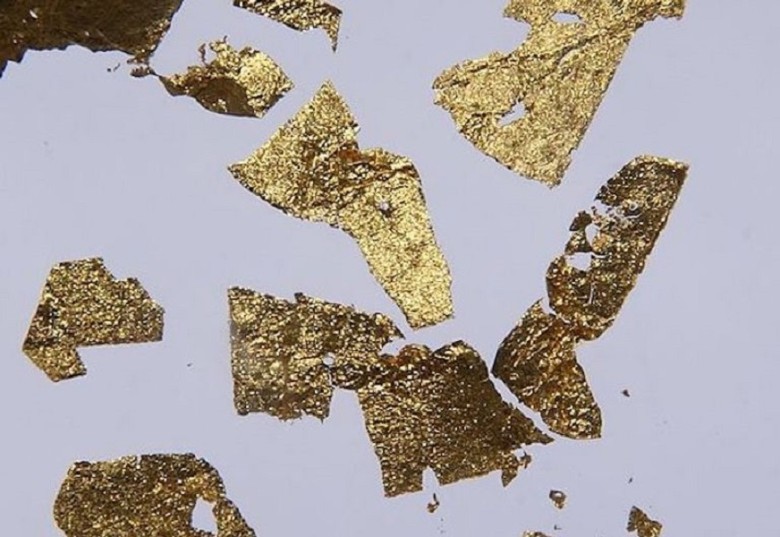
If the access had been easier, looters would likely have attempted to seize these valuable treasures. The fact that they are still in place clearly demonstrates how dangerous and challenging the exploration of these sites actually is.
Gold Strengthened the Power of Kush
This discovery underscores the historical significance of Kush as an important ancient gold production center.
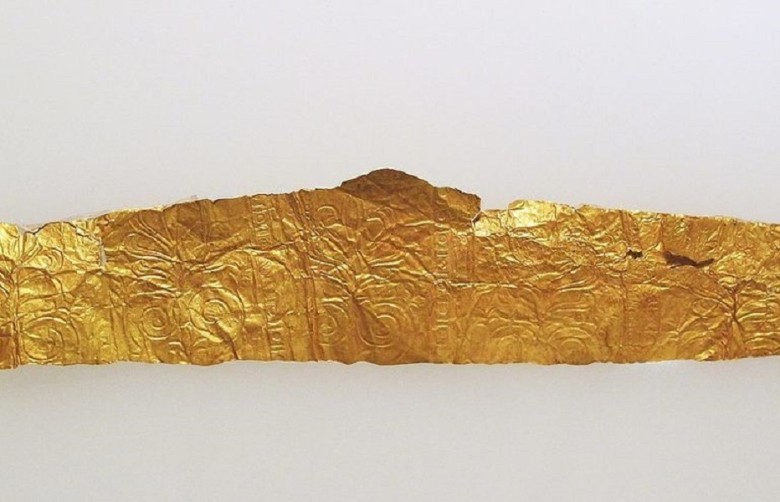
Through gold trade, Kush gained wealth and prosperity, allowing it to play a significant role on the geopolitical stage. The discoveries of gold underscore the central role of this precious metal in the economy and culture of this powerful empire.
Excavating a Decisive Site
Before Creasman's arrival, other archaeologists had already investigated important gold mining sites in northern Sudan.

The artifacts testify to the advanced techniques that were once used to mine and process this precious metal. They provide insights into the social and economic structures of those times.
Gold Tells a Story
The gold fragments found illustrate the protective influence of the elements. Surprisingly, the water in the chambers helped preserve the tomb.
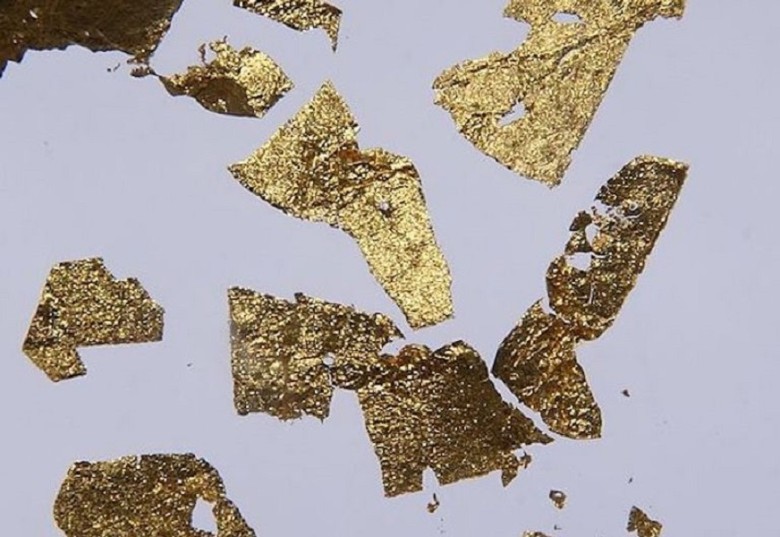
If the access had been easier, looters would likely have attempted to seize these valuable treasures. The fact that they are still in place clearly demonstrates how dangerous and challenging the exploration of these sites actually is.
Gold Strengthened the Power of Kush
This discovery underscores the historical significance of Kush as an important ancient gold production center.
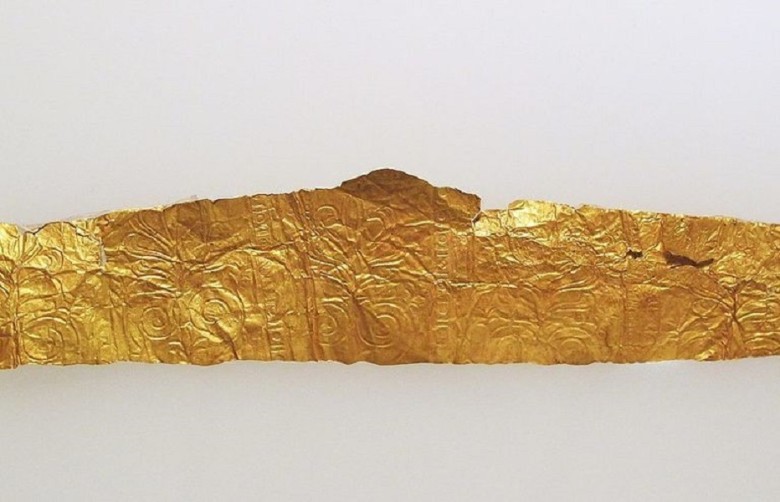
Through gold trade, Kush gained wealth and prosperity, allowing it to play a significant role on the geopolitical stage. The discoveries of gold underscore the central role of this precious metal in the economy and culture of this powerful empire.
Excavating a Decisive Site
Before Creasman's arrival, other archaeologists had already investigated important gold mining sites in northern Sudan.
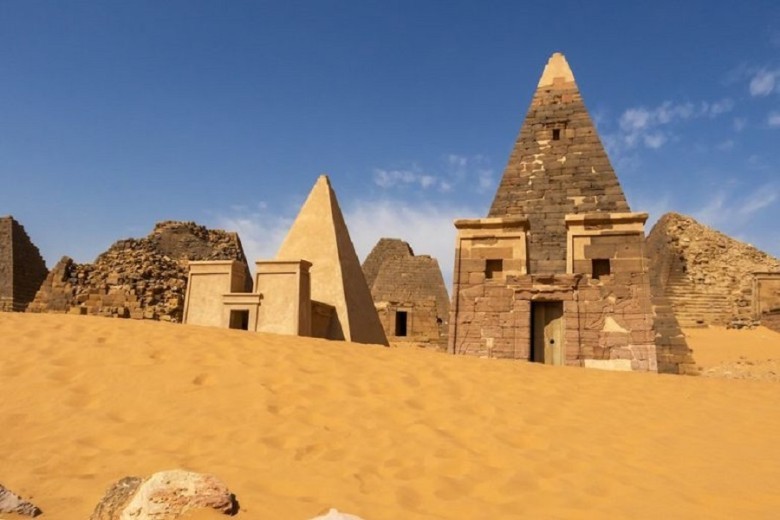
The artifacts testify to the advanced techniques that were once used to mine and process this precious metal. They provide insights into the social and economic structures of those times.
Much More to Discover
Although the investigations in Nuri have uncovered valuable treasures, it is evident that many secrets still lie buried, ready to be revealed.
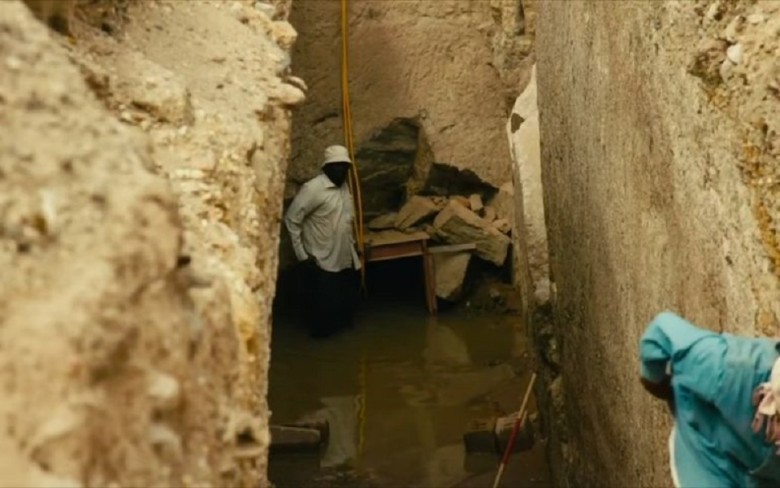
The still unsolved mystery of the sarcophagus in the third chamber continues to captivate the attention of archaeologists and historians. Each new discovery raises hopes of deepening and expanding our understanding of the ancient world.
Filling Gaps in History
With support from National Geographic, Creasman has big plans for future archaeological expeditions. He hopes that technological advances will help his team uncover more untold stories from Nuri.
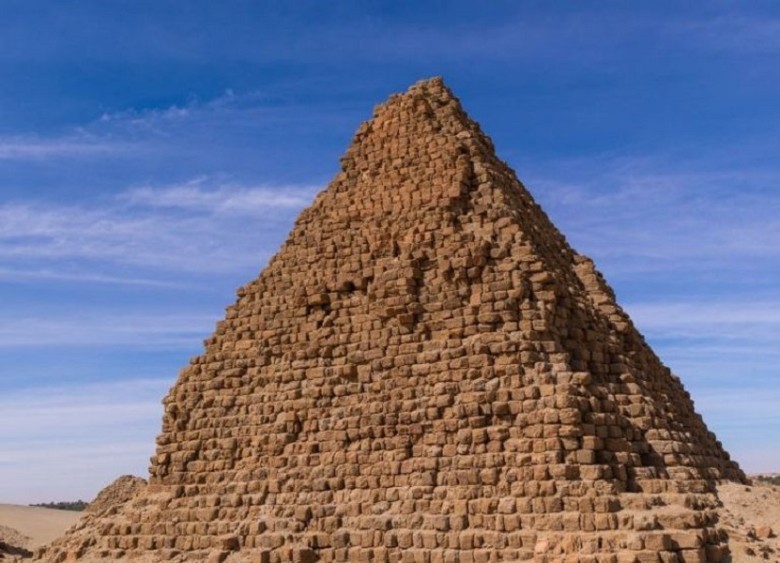
Researchers like Creasman are driven by a burning desire to shed light on long-lost civilizations. Their endeavor to make these stories accessible to a wider audience is their way of honoring the past cultures and worlds.












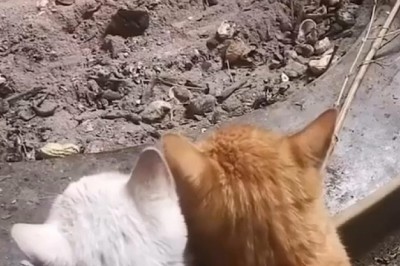

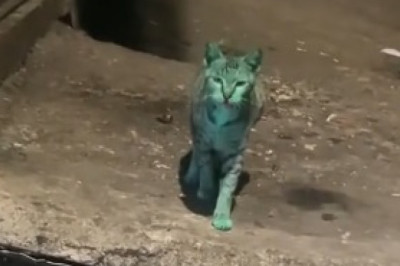


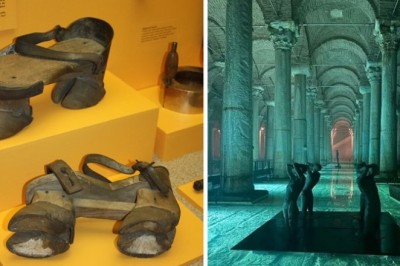


Comments
0 comment